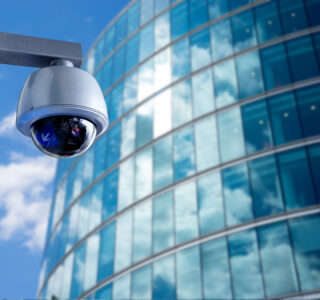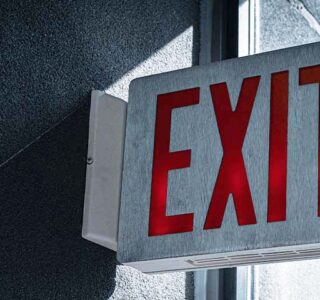Article by Dale Grant – Marketing Coordinator There is a reason why high school graduation is such a celebrated event. While the culmination of their years of academic labor is definitely something worth commemorating, the real celebration is the beginning of the transition from childhood to adulthood. For many, dipping their toes into the adult […]

Securing Construction Sites with Video Surveillance
Article by John Green – Security Integration Specialist Construction sites are full of valuable equipment and materials, making them a prime target for theft and vandalism. With recent data showing these crimes costing contractors over $500 million annually, it’s clear that effective security measures are crucial. Video surveillance offers a reliable way to protect these […]

Olympic Fire: A Closer Look at the Olympic Flame
For fire protection professionals, the story of the Olympic Flame offers a fascinating glimpse into the evolution of flame management and design. From its ancient Greek origins to the elaborate cauldrons used in modern Games, the flame’s journey reflects a blend of tradition and innovation.

NDAA Compliance and Security Cameras
In terms of security and surveillance, compliance with various regulations and standards is crucial to ensure both legality and reliability. One such regulation that has gained prominence in recent years is the National Defense Authorization Act (NDAA). This legislation has specific implications for security surveillance cameras, dictating what makes a camera NDAA compliant and identifying the types of places that require such compliance.

The Vital Role of Primary and Secondary Power Supplies in Fire Alarm Systems
Fire alarm systems require at least two power supplies: a primary source for normal operations and a secondary source to take over in case of primary power failure.

The Importance of Inspection, Testing, and Maintenance of Emergency and Exit Signs
Article by Stephen Morshead – Inspections Specialist In moments of crisis, whether it’s a fire, power outage, or other emergencies, clear and functional exit signs can mean the difference between life and death. These signs guide occupants to safety, aiding in the swift evacuation of a building. However, their effectiveness relies heavily on regular inspection, […]

